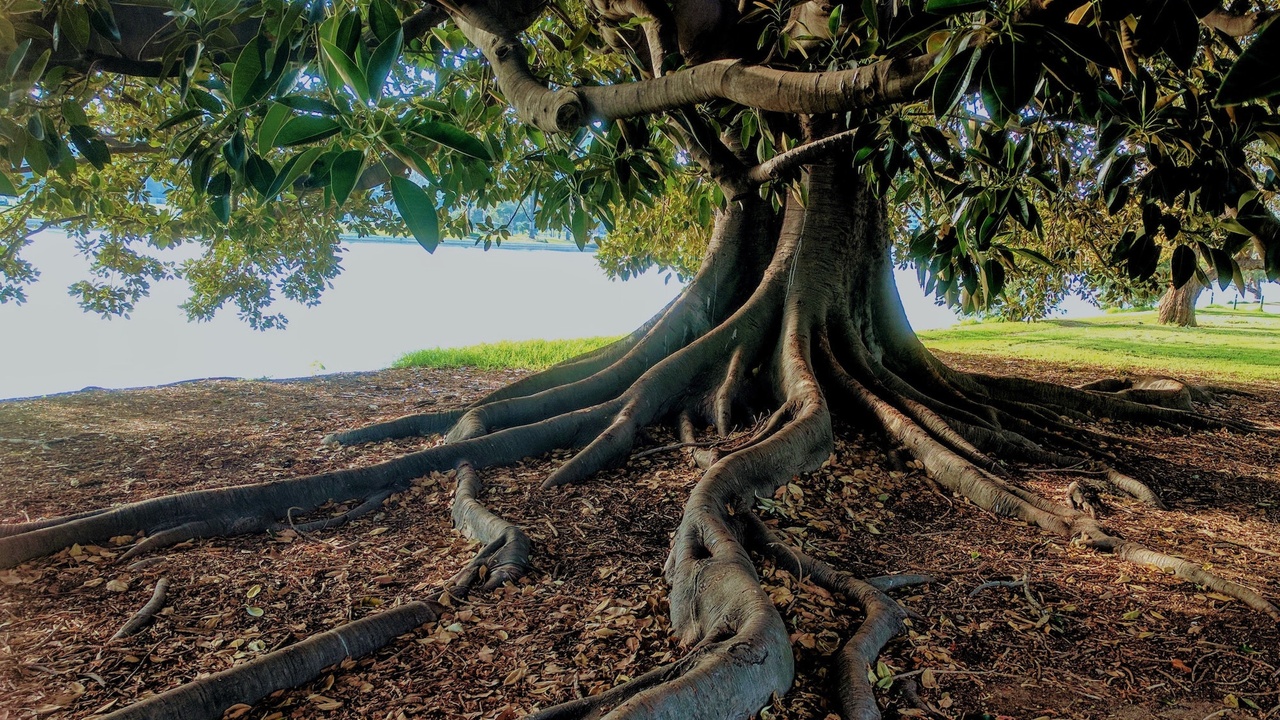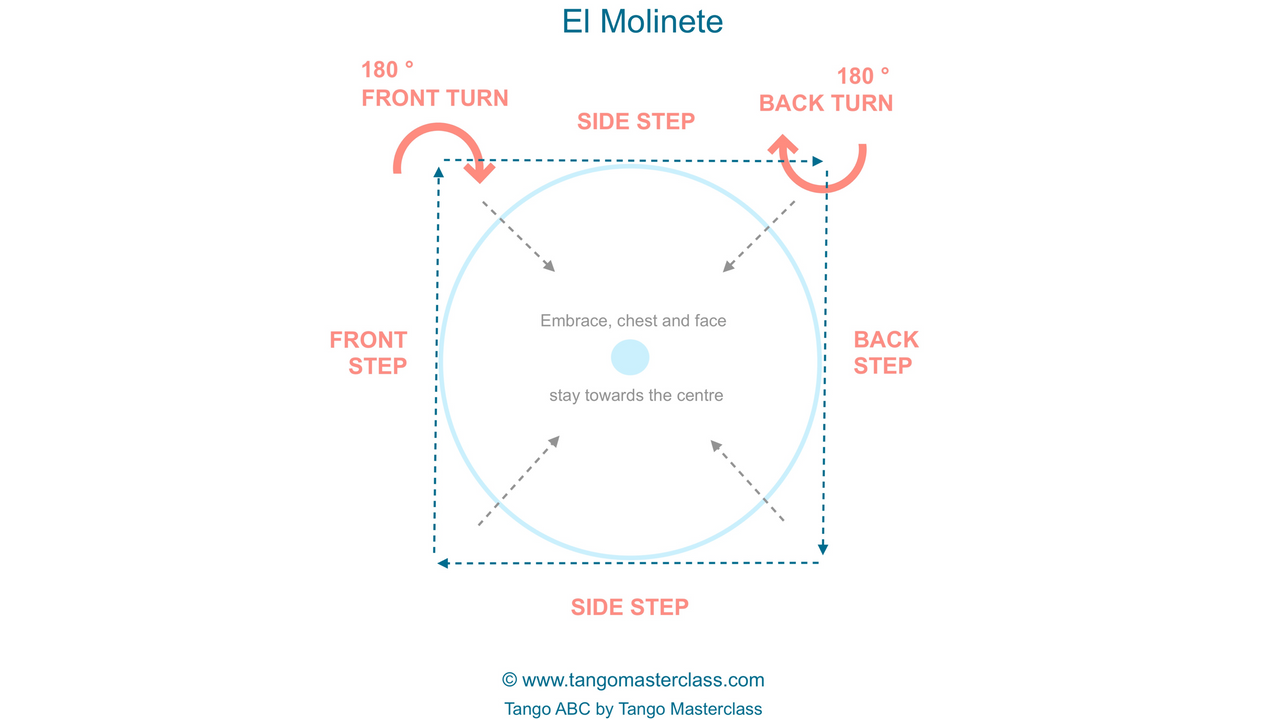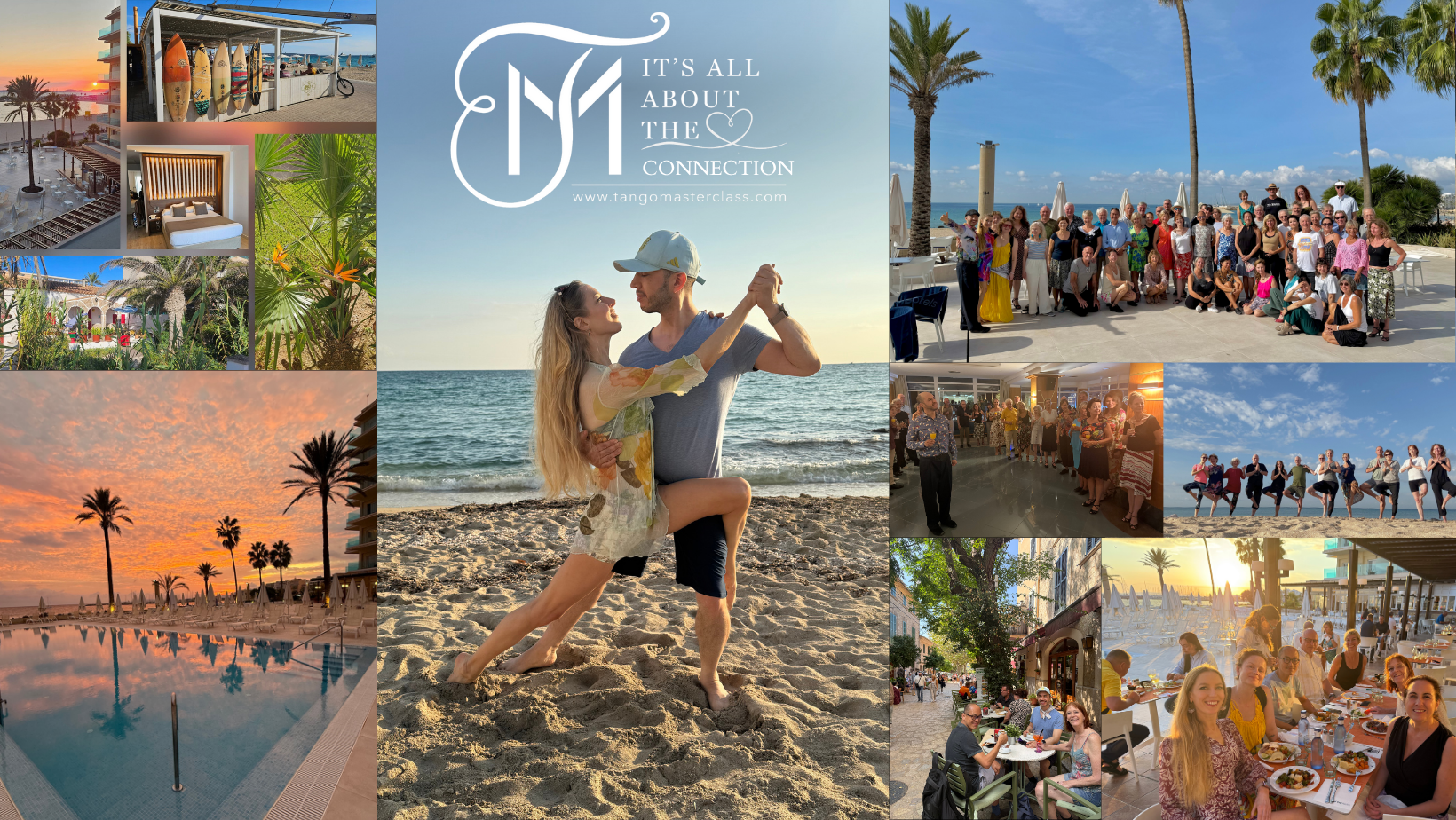Tango Circle 8 / 16
Jan 28, 2025
Short stretching routine for tangodancers
Feb 18, 2024
The Core. The Centre.
Dec 01, 2022
Root to Rise
Oct 27, 2021
Solo Tango
Oct 27, 2021
El Molinete
Oct 12, 2021
Navigation on the dance floor
Sep 29, 2021









